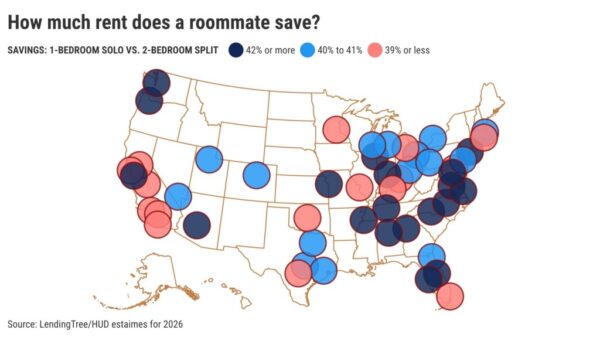BREAKING: A new report reveals alarming levels of microplastics lurking in our kitchens, posing significant health risks. Microplastics—tiny plastic particles less than 5 millimeters—are found in everyday items and may be entering our bodies through food and cooking utensils.
The findings come from a February 2025 study which indicated that higher concentrations of microplastics were detected in cadaver brain samples, particularly in dementia patients, where levels were up to ten times greater than those without the disease. This shocking information underscores the urgent need to reassess our kitchen practices.
Microplastics are everywhere: An estimated 22 million micro and nanoplastics are inhaled by humans annually, making exposure almost unavoidable. These pollutants can lead to serious health issues, including heart attacks, strokes, and tissue inflammation. As awareness grows, home chefs are urged to rethink their kitchen habits to mitigate exposure.
Where are these microplastics hiding? Recent studies have identified several common kitchen items as culprits. For instance, Teflon-coated cookware is reported to release millions of microplastic particles into food during cooking. A simple crack in a pan can mean exposure to over 2 million microplastics per use.
Moreover, takeout containers and plastic utensils can leach microplastics when heated, compounding the issue. Research shows that all reusable plastic takeout containers contain microplastics, and plastic utensils, especially when used with hot foods, can transfer these particles into meals.
Surprisingly, even your tea bags are not safe. A study from Spain’s Autonomous University of Barcelona found that a single plastic tea bag can release billions of microplastic particles when brewed. This occurs due to polypropylene, commonly used in tea bag production.
Additionally, many spices are packaged in plastic, increasing the risk of microplastic contamination in your meals. Studies confirm that microplastics are found in all tested plastic containers, raising serious concerns about food safety.
Environmental Impact: Plastic straws, often discarded improperly, are also problematic. Approximately 8 million metric tons of plastic enter waterways each year, affecting not just our kitchens but the entire ecosystem.
What can you do? Experts recommend swapping out plastic kitchen items for safer alternatives. Here are urgent steps to reduce your exposure:
1. **Upgrade Your Cookware**: Replace Teflon and plastic pots with stainless steel or cast iron options to significantly cut down on microplastic release.
2. **Choose Glass or Stainless Steel**: Opt for glass, ceramic, or stainless steel containers instead of plastic for food storage.
3. **Switch to Loose Tea**: Use loose tea leaves with a stainless steel strainer instead of plastic tea bags.
4. **Ditch Plastic Utensils**: Replacing plastic spatulas and utensils with wooden or stainless steel options can minimize exposure.
5. **Avoid Plastic Straws**: Switch to reusable metal or bamboo straws to protect both your health and the environment.
With the evidence mounting, it’s clear: microplastics are infiltrating our kitchens, impacting our health. Taking immediate action to eliminate these harmful particles is crucial.
Stay informed about the latest developments on microplastics and how to safeguard your health. For continuous updates, follow our coverage on food safety and environmental health.
Your health is at stake—take action NOW to reduce your microplastic exposure!







































































